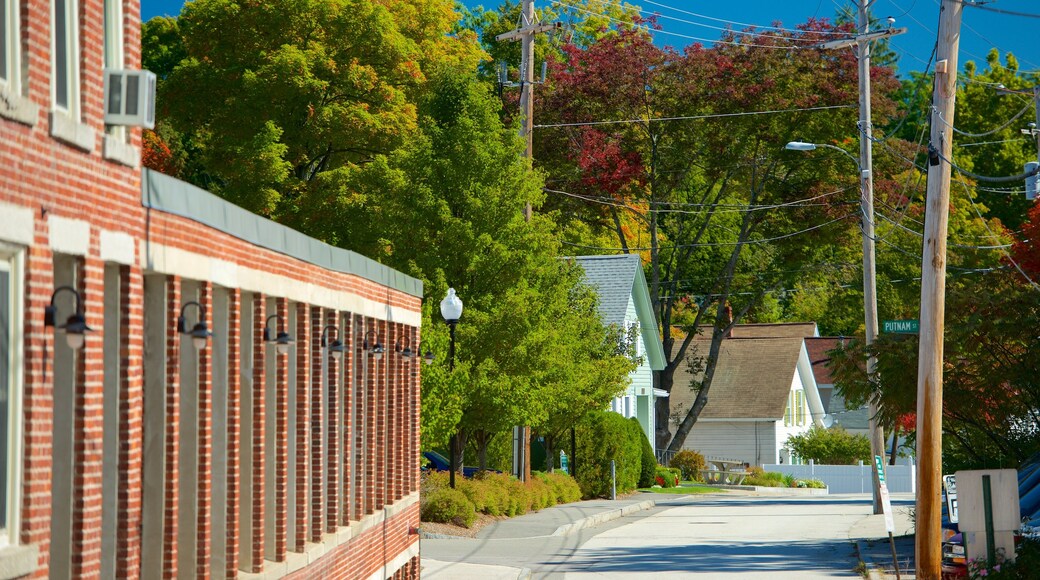ミルフォード
旅行ガイド






2 queen and 2 twin beds
Milford NH
ミルフォードのコテージ。WiFi (無料)、庭園、ランドリー設備が利用可能です。人気観光スポットのハーラン・バーンズ森林とヘイゼル・アダムズ・バーンズ・パークが近くにあります。
9.6/10 Exceptional! (口コミ 14 件)
Family time !!This cozy house has a very nice atmosphere, clean and had everything we needed. My little furbabys also enjoyed the outside safe for my old gentleman . We will be back.
口コミ投稿日 : 2025 年 10 月 29 日

グレート ウルフ ロッジ ボストン / フィッチバーグ マサチューセッツ
150 Great Wolf Dr Fitchburg MA
全額返金可
2月1日から2月2日までの料金は1泊あたり¥25,205です
¥25,205
合計 ¥28,154
2 月 1 日 ~ 2 月 2 日
税およびサービス料込み
フィッチバーグにあるファミリー向けリゾート。4 つの屋内プール、ウォーターパーク (無料)、ルームサービスが利用可能です。口コミでは親切なスタッフが高評価。人気観光スポットのワチューセット マウンテン スキー エリアとグレート ウルフ ロッジ ウォーターパークが近くにあります。
8.4/10 Very Good! (口コミ 1,006 件)
Everyone was great rooms where clean so much fun and a great price
口コミ投稿日 : 2025 年 12 月 29 日

ダブルツリー バイ ヒルトン マンチェスター ダウンタウン
700 Elm St. Manchester NH
1月12日から1月13日までの料金は1泊あたり¥22,420です
¥22,420
合計 ¥24,326
1 月 12 日 ~ 1 月 13 日
税およびサービス料込み
マンチェスターのホテル。朝食 (有料)、ルームサービス、フィットネスセンターが利用可能です。口コミでは親切なスタッフと清潔感のある客室が高評価。人気観光スポットのサザンニューハンプシャー大学アリーナとミルヤード博物館が近くにあります。
9/10 Wonderful! (口コミ 1,094 件)
Excellent. Breakfast was mediocre not what i expected but good nonetheless
口コミ投稿日 : 2025 年 12 月 26 日
表示料金は、過去 24 時間における 1 泊大人 2 名利用時の最低価格です。料金および空室状況は変動する場合があります。別途、利用規約が適用される場合があります。

2 queen and 2 twin beds
Milford NH
ミルフォードのコテージ。WiFi (無料)、庭園、ランドリー設備が利用可能です。人気観光スポットのハーラン・バーンズ森林とヘイゼル・アダムズ・バーンズ・パークが近くにあります。
9.6/10 Exceptional! (口コミ 14 件)
Family time !!This cozy house has a very nice atmosphere, clean and had everything we needed. My little furbabys also enjoyed the outside safe for my old gentleman . We will be back.
口コミ投稿日 : 2025 年 10 月 29 日

Idyllic Small-Town Stay
Derry NH
デリーのバケーションホーム。WiFi (無料)、パティオ、コーヒーメーカー (室内)が利用可能です。人気観光スポットのレジデンシャルパークとデリープラザが近くにあります。
10/10 Exceptional! (口コミ 8 件)
Very responsive, kind, and accommodating host. Property was clean and comfortable, convenient location to the things we wanted to go see in the area. Would stay there again!
口コミ投稿日 : 2025 年 12 月 19 日

Beautiful Private Lakefront new Log Home
Weare NH
ウェアにあるスキーを楽しめるバケーションホーム。フィットネスセンター、庭園、ランドリー設備が利用可能です。人気観光スポットのストーンブリッジ ゴルフ コースとクラフ州立公園が近くにあります。
9.8/10 Exceptional! (口コミ 62 件)
Excellent!
口コミ投稿日 : 2025 年 11 月 29 日
表示料金は、過去 24 時間における 1 泊大人 2 名利用時の最低価格です。料金および空室状況は変動する場合があります。別途、利用規約が適用される場合があります。
人気の観光スポット
13スクリームズ
ミルフォード旅行中には、家族みんなで13スクリームズを訪れて、充実した時間を過ごしてください。他にもこのエリアでは、スポーツイベントを観戦し、コーヒーハウスを訪ねて美味しい逸品を味わうのも良いでしょう。
ヘイゼル・アダムズ・バーンズ・パーク
ヘイゼル・アダムズ・バーンズ・パークは、ミルフォードで見逃せない名所のほんの一例です。旅行中には、その他の観光スポットもめぐりましょう。

